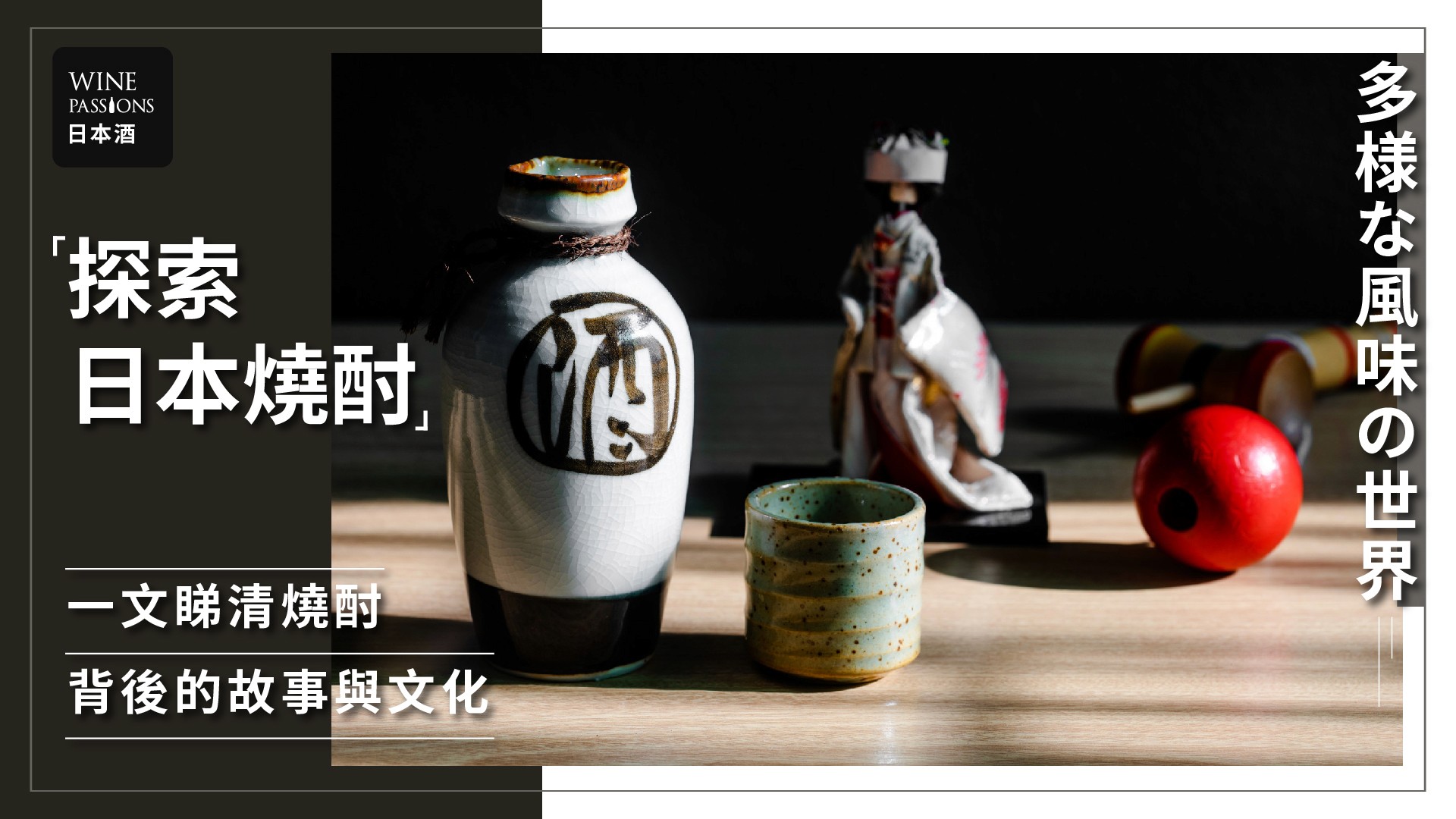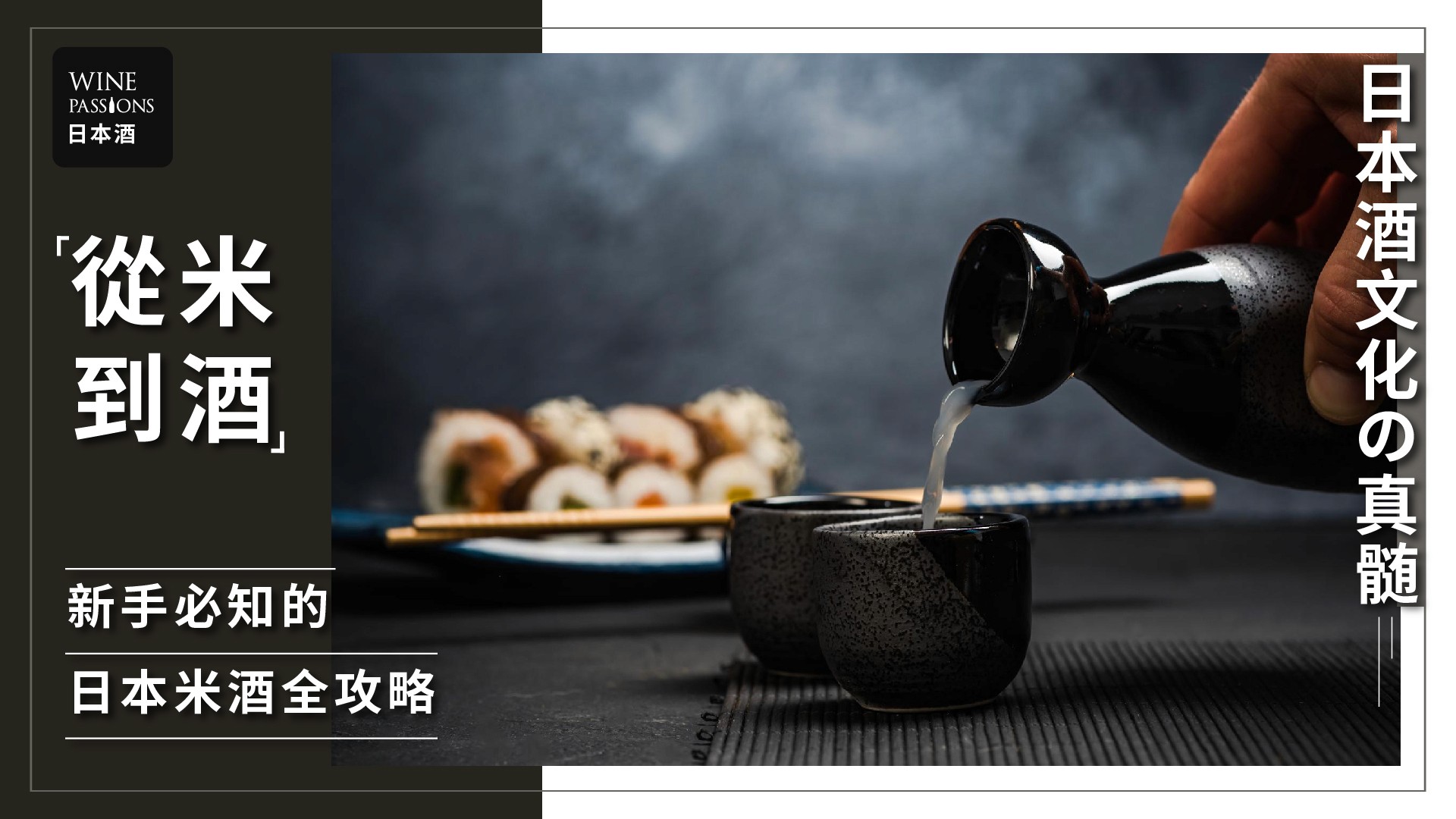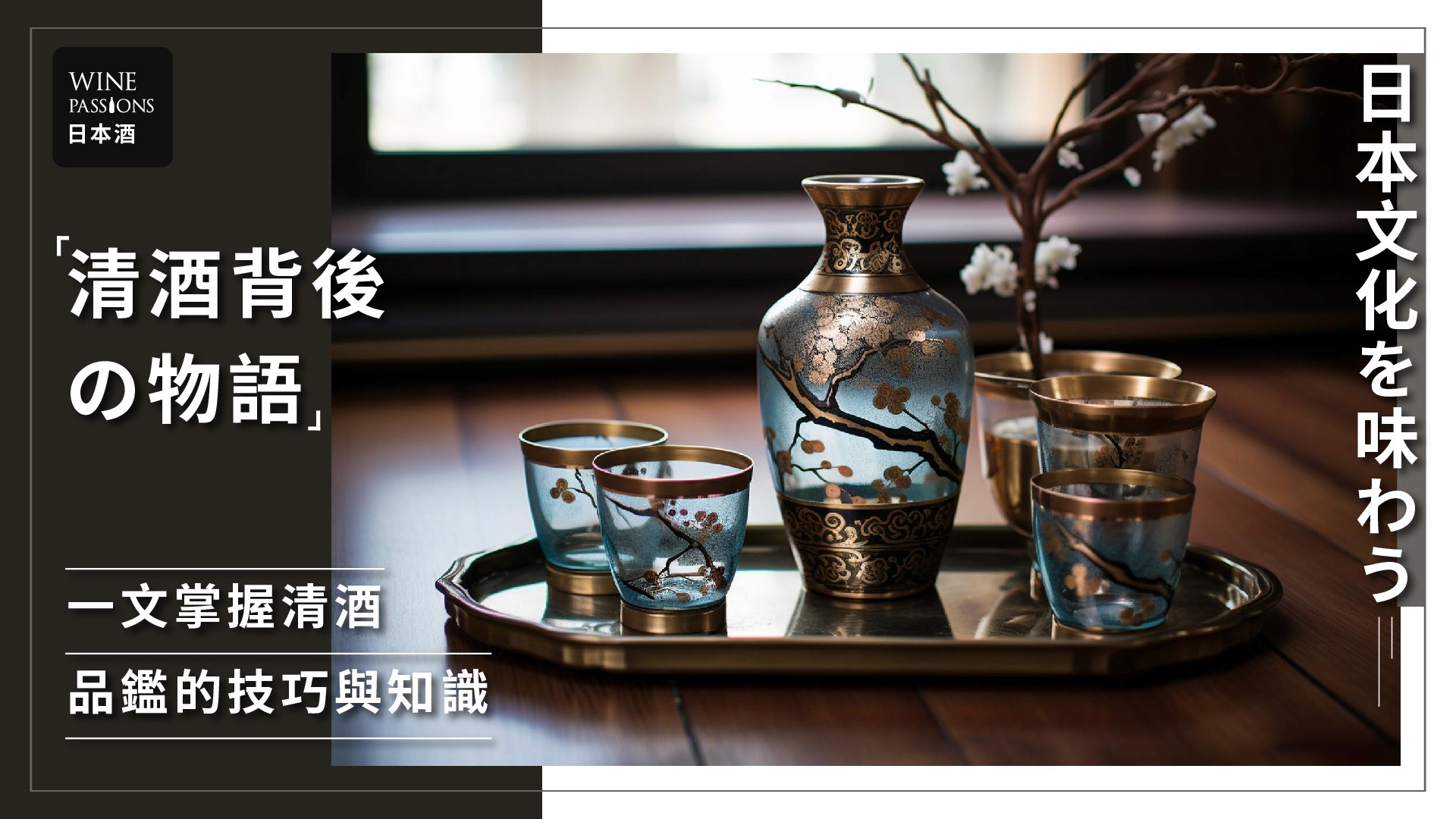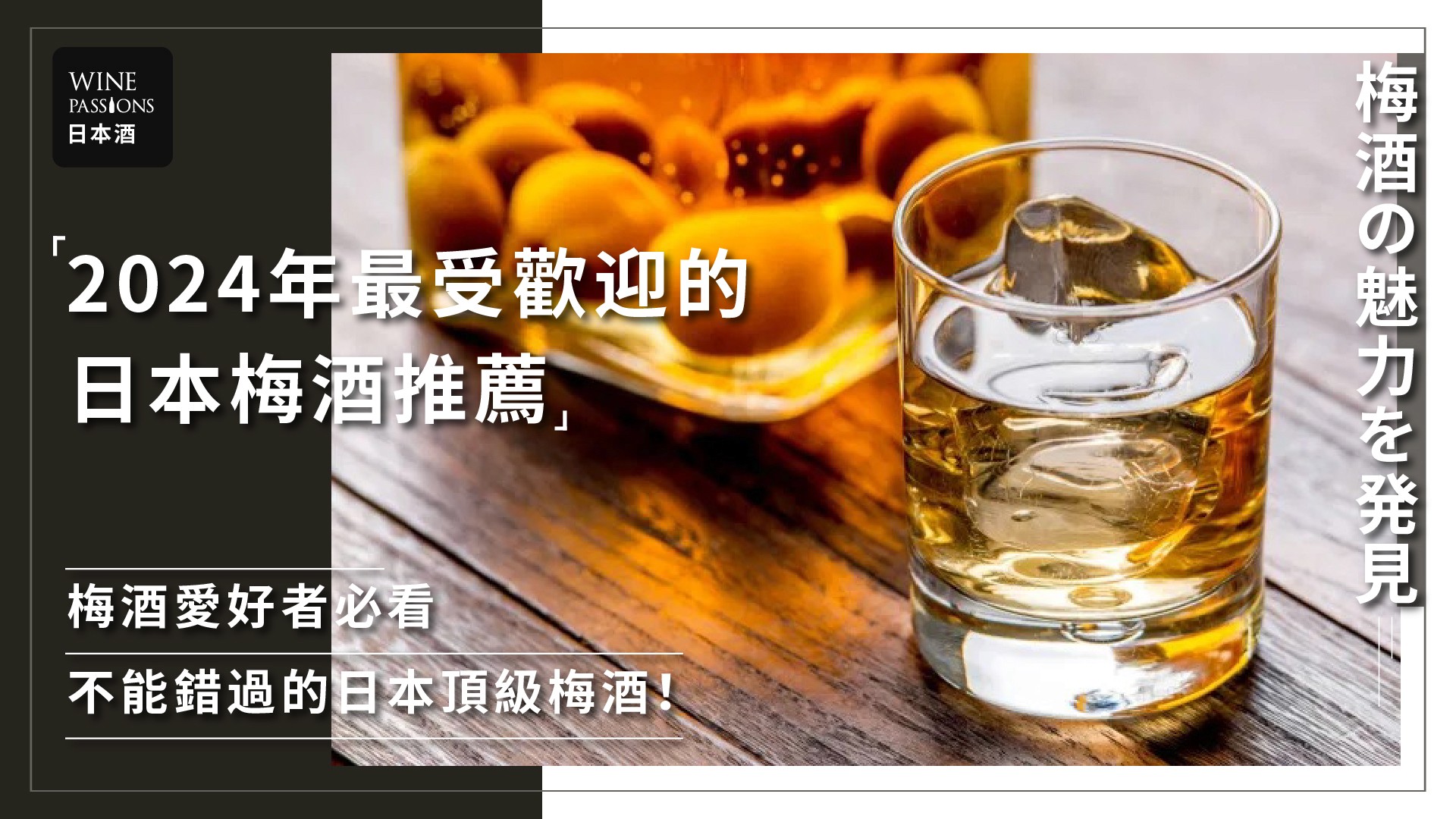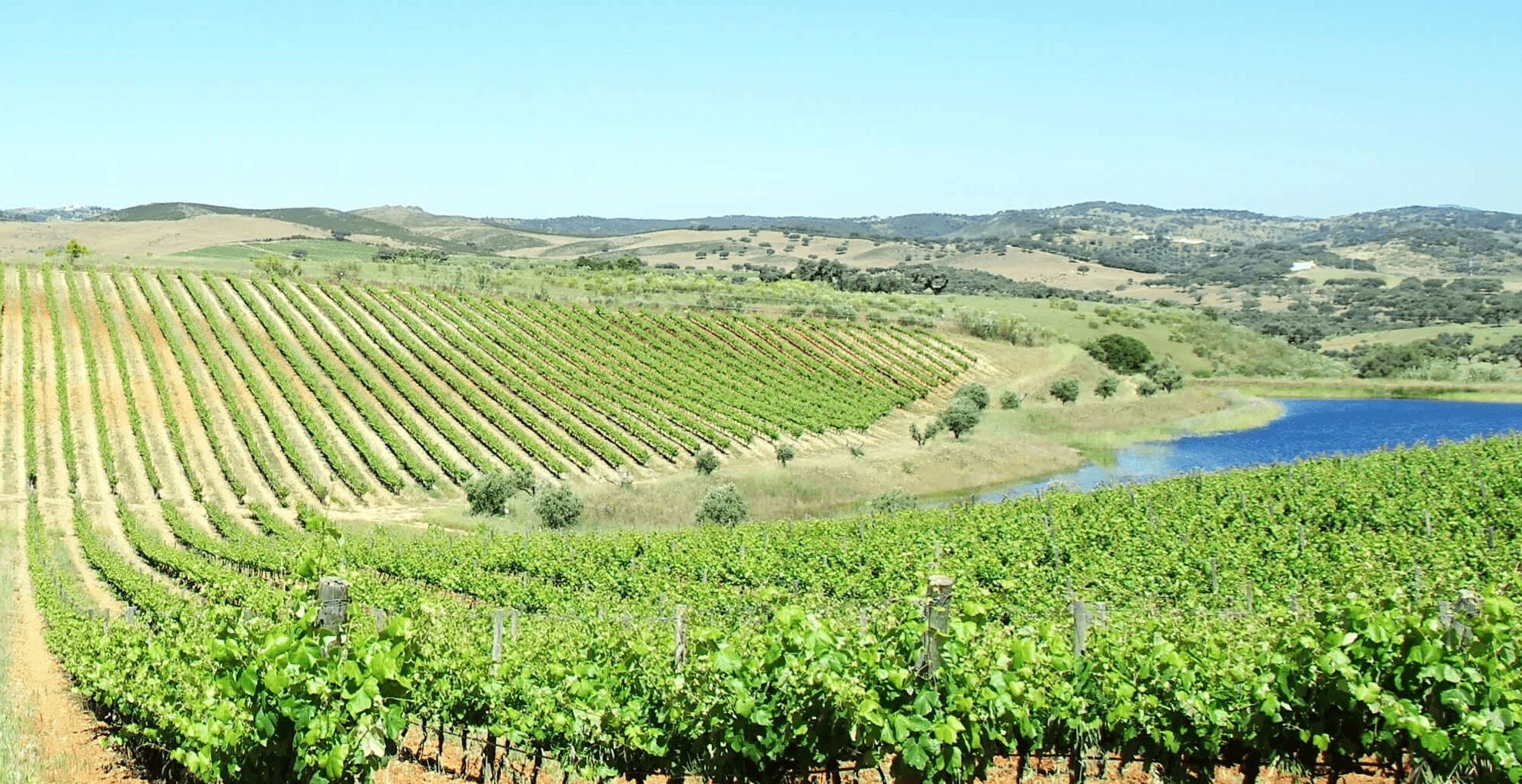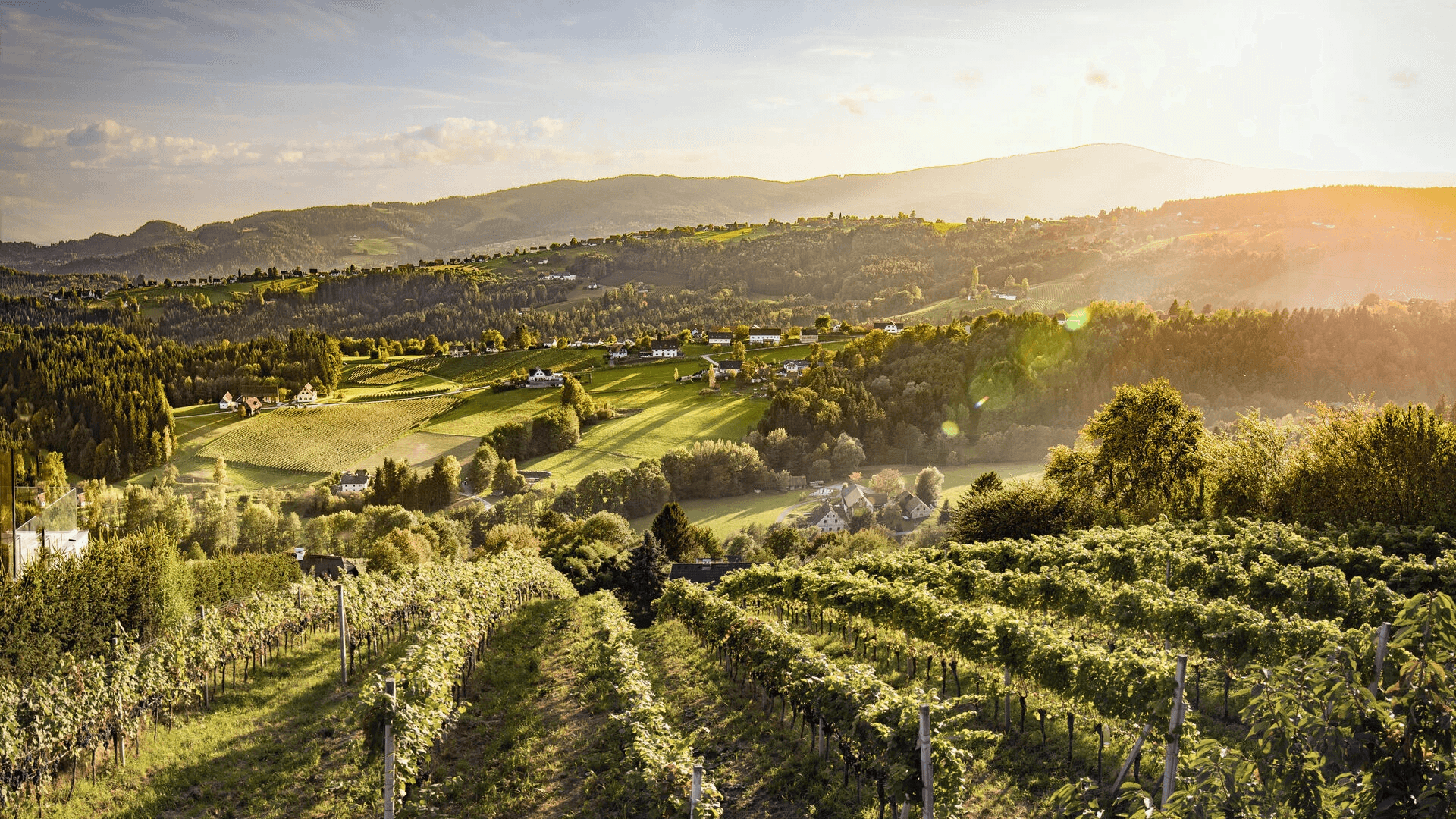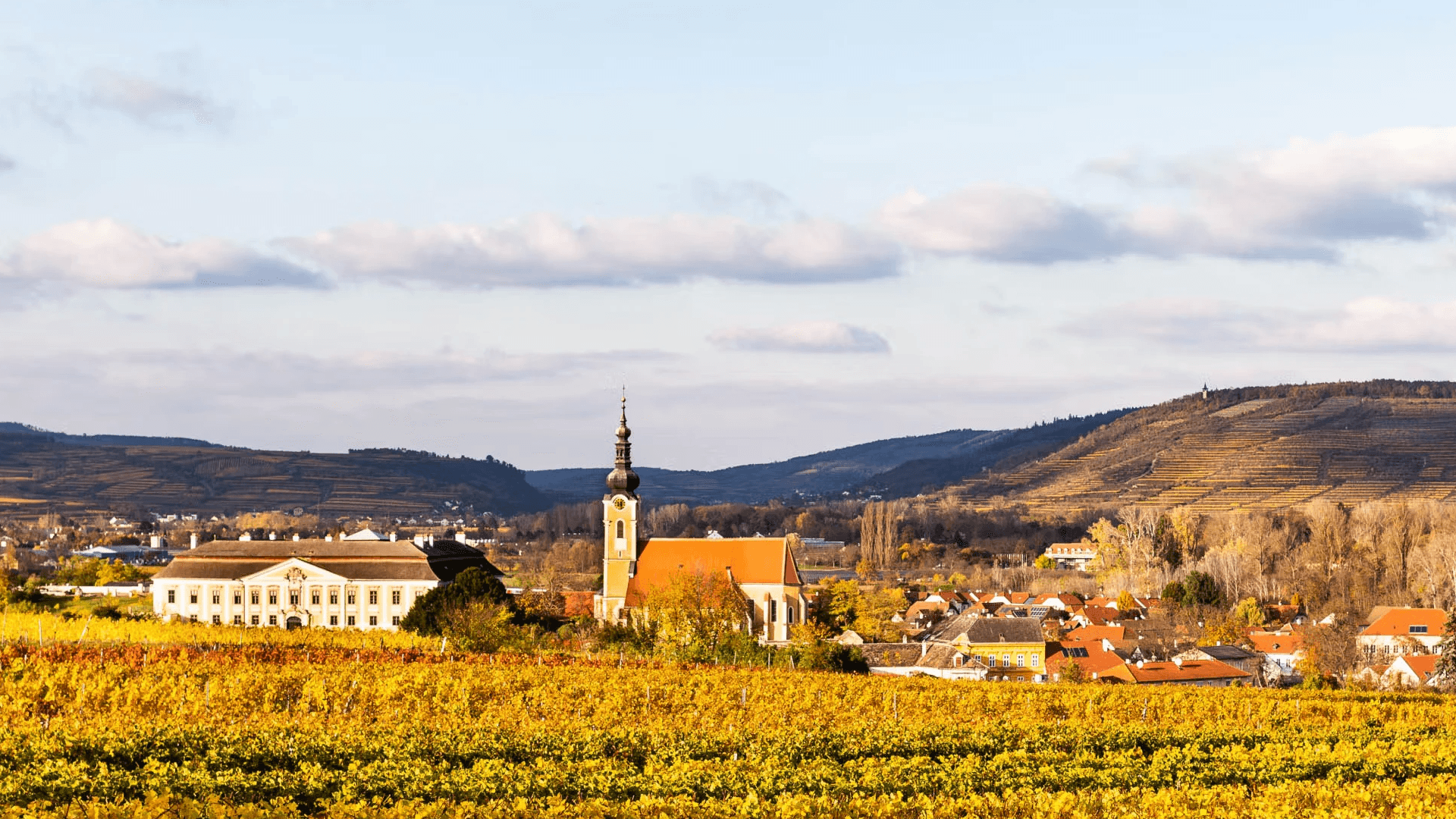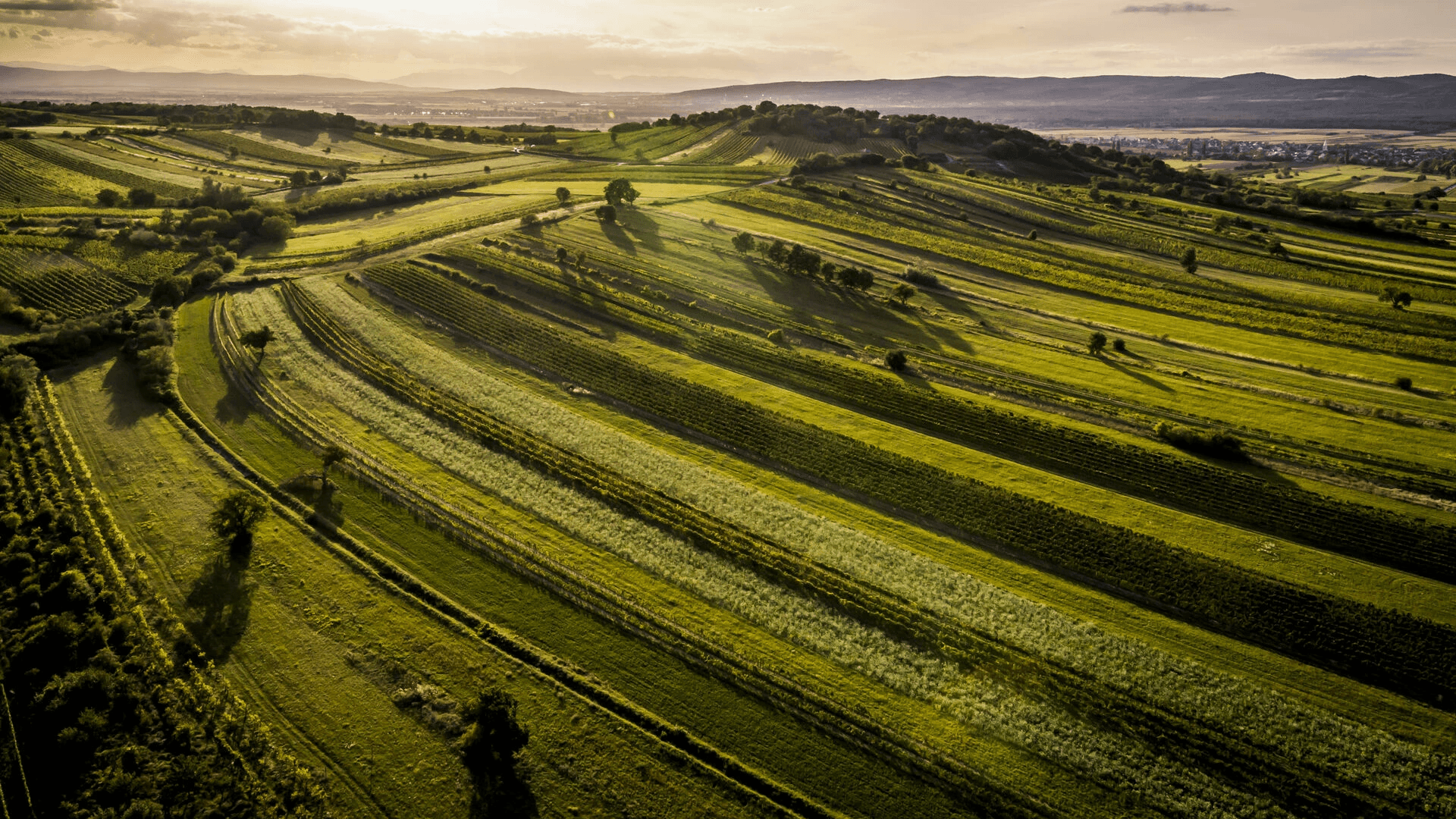[A Complete Guide to Japanese Junmai Sake] The Essence of Japanese Sake Culture from Rice to Alcohol
[Sake Knowledge] Explore the Diverse Flavor World of Japanese Shochu
Japanese shochu is a classic Japanese liquor with a long history and rich cultural heritage, undoubtedly an important step in understanding Japanese drinking culture. For those who love Japanese culture and fine wines, the diversity and complex flavors of shochu make it deserving of being called Japan's "hidden treasure."
Japanese shochu is a classic Japanese alcoholic beverage with a long history and deep cultural significance, undoubtedly an important step in understanding Japanese drinking culture. For those who love Japanese culture and fine drinks, the diversity and rich flavors of shochu truly make it a "hidden gem" of Japan.
What is Shochu
Shochu, also known as Japanese shōchū or Nihon shōchū, is a traditional distilled liquor produced in Japan. According to the Japanese Liquor Tax Law, shochu is classified as an alcoholic beverage distilled from substances containing alcohol, and its production does not use malted grains or fruits (except for dates), and the use of sugar-containing materials as ingredients is prohibited. The alcohol content of shochu typically ranges from 25% to 45%, and depending on the distillation method, it can be classified as Class A (multiple distillations) and Class B (single distillation).
The brewing ingredients for shochu are very diverse, including rice, barley, sweet potatoes, buckwheat, and almost any starch-containing substance can be used to brew shochu. This allows shochu to present a great variety of flavors, from refreshing and light to rich and aromatic, each with its own characteristics.
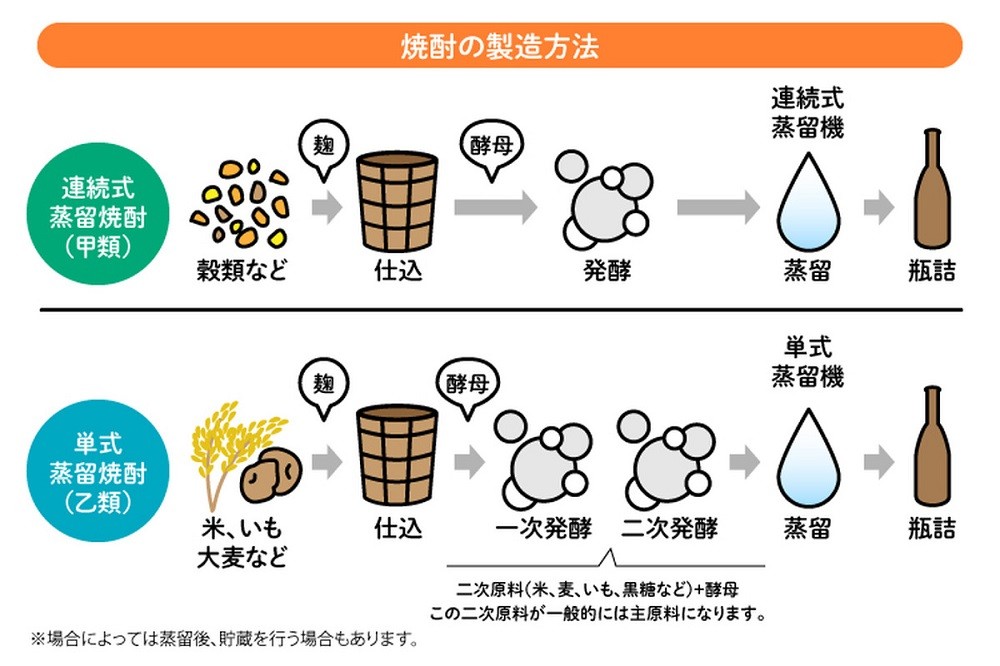
Brewing Process of Shochu
The brewing process of shochu is relatively complex and mainly involves the following steps:
Ingredient Selection: Shochu can use various ingredients, including rice, sweet potatoes, barley, and molasses. The choice of ingredients directly affects the flavor of the final product. For example, Kagoshima is known for producing sweet potato shochu, while rice shochu has a long brewing history in areas like Kumamoto.
Fermentation: The selected ingredients are subjected to saccharification and fermentation. During this process, different types of koji mold (such as black koji and white koji) are used to promote the saccharification reaction and increase alcohol yield.
Distillation: After fermentation is complete, alcohol is extracted through distillation. Depending on the distillation method, shochu can be classified as Class A (multiple distillations) and Class B (single distillation), and these two differ in taste and flavor.
Aging and Blending: Some shochus undergo aging to enhance their flavor profiles. Blending is adjusted according to market demand and consumer taste, ensuring that each variety of shochu can meet the diverse needs of consumers.
Differences Among Sake, Shochu, and Awamori
Sake, shochu, and awamori are three important types of alcoholic beverages in Japan, each possessing unique brewing techniques, ingredients, and drinking methods. Understanding the differences among them helps appreciate Japanese drinking culture on a deeper level.
Sake is a brewed liquor primarily made from rice through a fermentation process. Its brewing process involves polishing the rice, steaming, making koji, and fermentation, ultimately converting the starch in rice into alcohol. The brewing technique for sake has a long history, typically using specific brewing rice varieties, such as Yamada Nishiki or Gohyakumangoku, which are specially selected for brewing.
In contrast, shochu is a distilled liquor, and its primary ingredients are more diverse, including barley, sweet potatoes, buckwheat, and rice. The production process of shochu includes fermentation followed by distillation, which can increase the alcohol concentration, making its flavor more intense.
Awamori is a unique distilled liquor from Okinawa, made primarily from Thai rice (indica rice) and using black koji mold for fermentation and brewing. The history of awamori dates back 600 years, making it one of the oldest distilled liquors in Japan.
The benefits of Japanese shochu lie in its low calorie and zero sugar characteristics, making it a healthy drinking choice. When consumed in moderation, it can help improve blood circulation and reduce the risk of blood clots. According to research, the sugars in shochu are almost completely removed during the distillation process, which makes its calorie content relatively low and does not cause blood sugar levels to rise.
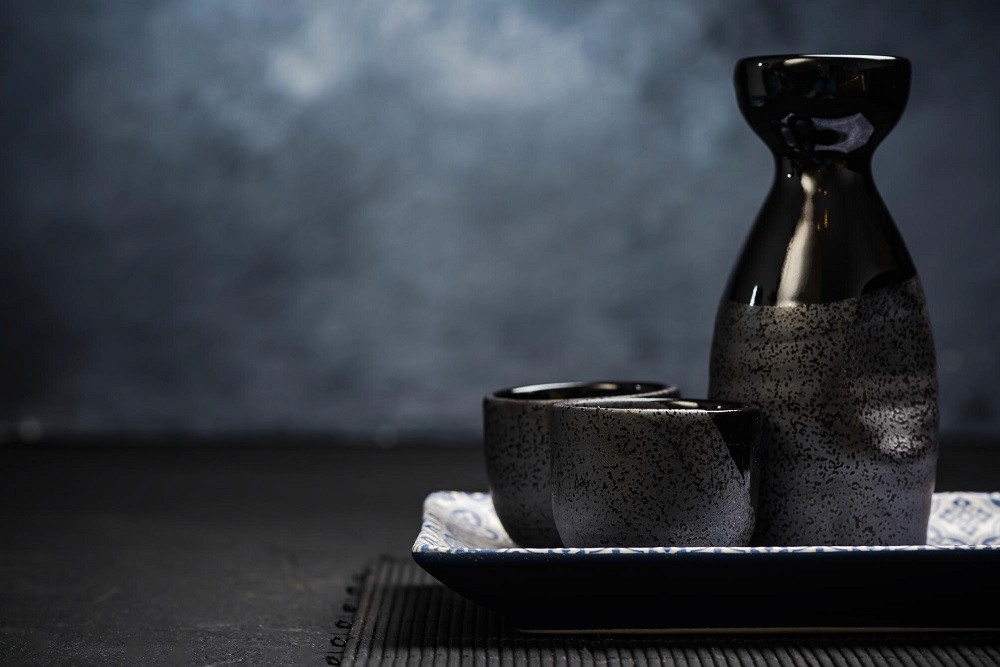
Alcohol Content
The alcohol content of sake typically ranges from 12% to 15%, and according to Japanese law, the alcohol content of sake must not exceed 22%. This makes sake relatively light when consumed, suitable for either cold or warm drinking. The alcohol content of shochu usually falls around 25%, making it a stronger beverage. Shochu can be adjusted according to personal taste, such as being served with ice or mixed with water to release its aroma. Compared to shochu, awamori retains more of the ingredient's flavor during the production process and typically has a higher alcohol content, usually between 25% and 30%.
Ingredients and Flavors
Sake: Primarily made from Japanese rice, it usually has a light flavor and carries a rice aroma.
Shochu: Can be made from a variety of starchy ingredients, such as sweet potatoes and barley, leading to a diverse range of flavors.
Awamori: Made with Thai rice and fermented with black mold, giving it a unique and rich flavor.
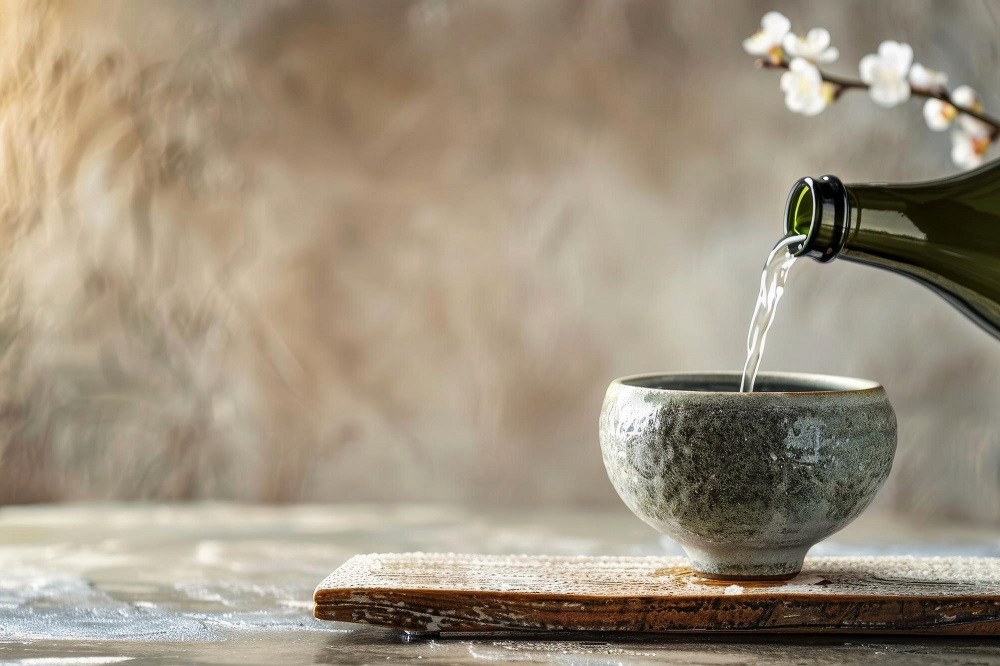
Why Choose Shochu? Reasons You Need to Know
1. Variety of Flavor Options
Shochu's brewing ingredients are extremely varied; in addition to the common rice, it can be made from barley, sweet potatoes, buckwheat, and up to 49 different ingredients. This allows shochu to create a rich taste experience. For example:
Barley Shochu: Made from unmalted barley, it has a rich malt aroma and chocolate flavor.
Sweet Potato Shochu: Made from sweet potatoes, it has a unique and rich aroma with a smooth taste.
Rice Shochu: Has a more neutral flavor, suitable for most people and easy to drink.
2. Healthy Choice
Shochu has a relatively low sugar content, combined with its higher alcohol content (usually around 25%), making it more suitable for health control compared to sake or beer. Studies show that low sugar and high alcohol content helps reduce calorie intake, making shochu an ideal choice for healthy drinking. Furthermore, since shochu is a distilled spirit, many impurities are removed during the brewing process, which makes it less burdensome on the body compared to brewed drinks (like sake), helping to lower the risk of hangovers.
3. Less Likely to Cause Hangovers
Many may wonder, "Is shochu easy to get drunk on?" In fact, consuming shochu in moderation is relatively less likely to trigger hangover issues. Experts point out that due to the distillation process, shochu effectively reduces the content of congeners (substances other than water and alcohol), thereby presenting a lower risk of hangovers compared to other types of alcohol (like red wine or beer).
Shochu is widely loved for its diverse flavors, health characteristics, and relatively low likelihood of causing hangovers. Whether savoring it in an izakaya or enjoying it at a family gathering, shochu can add unique charm and character to every occasion. For those who love Japanese culture and fine spirits, shochu is undoubtedly a choice worth exploring in depth.
